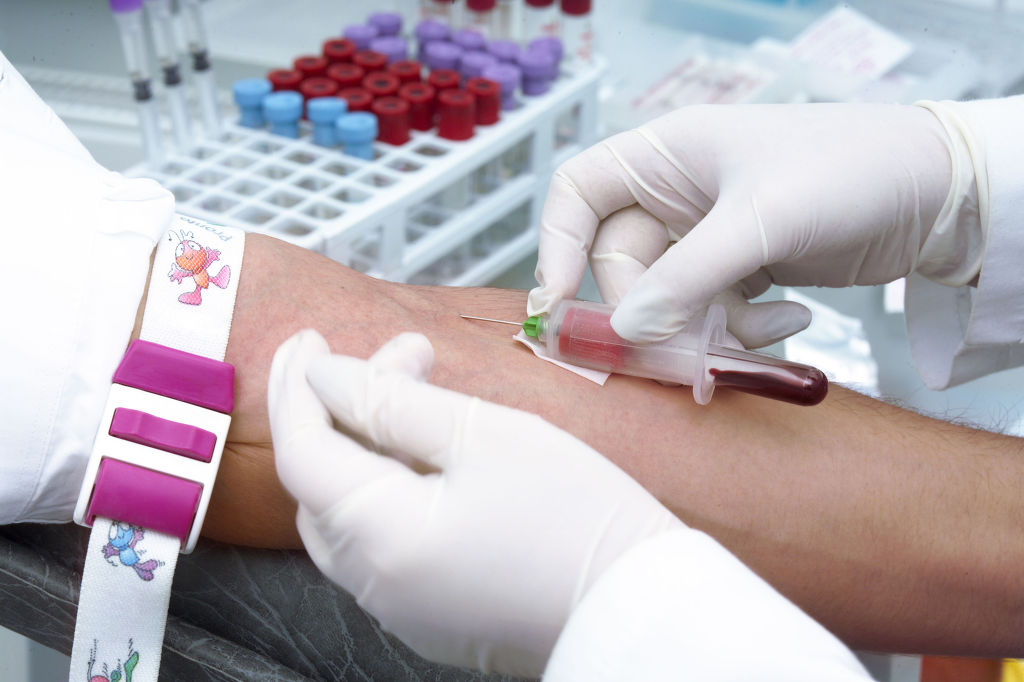
South Korea currently exhibits the world’s highest rate of stomach cancer, nearly ten times higher than that of the United States. (Image courtesy of Korea Bizwire)
SEOUL, Oct. 23 (Korea Bizwire) – South Korea currently exhibits the world’s highest rate of stomach cancer, nearly ten times higher than that of the United States. However, a recent study has shed light on the underlying cause behind this vulnerability among Koreans, identifying a lack of physical activity as a prominent factor.
Conducted by a research team led by professor Choi Kui Son from the National Cancer Center Graduate School of Cancer Science and Policy, the study involved one-on-one interviews with 3,539 adults between the ages of 40 and 74 who participated in the 2019 Cancer Screening Behavior Survey. The findings of this research were published in the latest edition of the international journal Scientific Reports.
Among the six lifestyle habits known to contribute to stomach cancer (smoking, alcohol consumption, physical inactivity, obesity, consumption of red and processed meat, and excessive salt intake), the study pinpointed physical inactivity as the most significant risk factor for Koreans.
As per the World Health Organization’s definition, “physical inactivity” refers to not engaging in at least 75 minutes of moderate or vigorous physical activity per week, and an astonishing 61.5 percent of the surveyed population fell into this category.
These findings remained consistent when analyzed by gender. The primary risk factors were similar for both men and women. However, there was a distinction in the second most common risk factor, which was smoking for men (52 percent) and consuming salty foods for women (28.5 percent). Many individuals exhibited multiple risk factors.
Among men, the combinations of “smoking and physical inactivity” (13.6 percent) and “smoking and physical inactivity and high salt intake” (6.5 percent) were the most common, while among women, “physical inactivity and high salt intake” (12.1 percent) and “physical inactivity and obesity” (8.1 percent) were prevalent.
Furthermore, the researchers discovered that individuals with multiple risk factors were less likely to undergo relevant screenings, such as endoscopies. In fact, the research estimated that men with three or more risk factors were 65 percent less likely to undergo screening compared to those with none, while for women, this figure was 68 percent.
Choi highlighted the importance of the findings, noting, “Individuals with unhealthy lifestyles often neglect their health and are less likely to participate in cancer screening programs. To reduce the incidence of risk and improve early diagnosis rates, it is crucial for individuals to remain vigilant and actively engage in screening.”
J. S. Shin (js_shin@koreabizwire.com)






